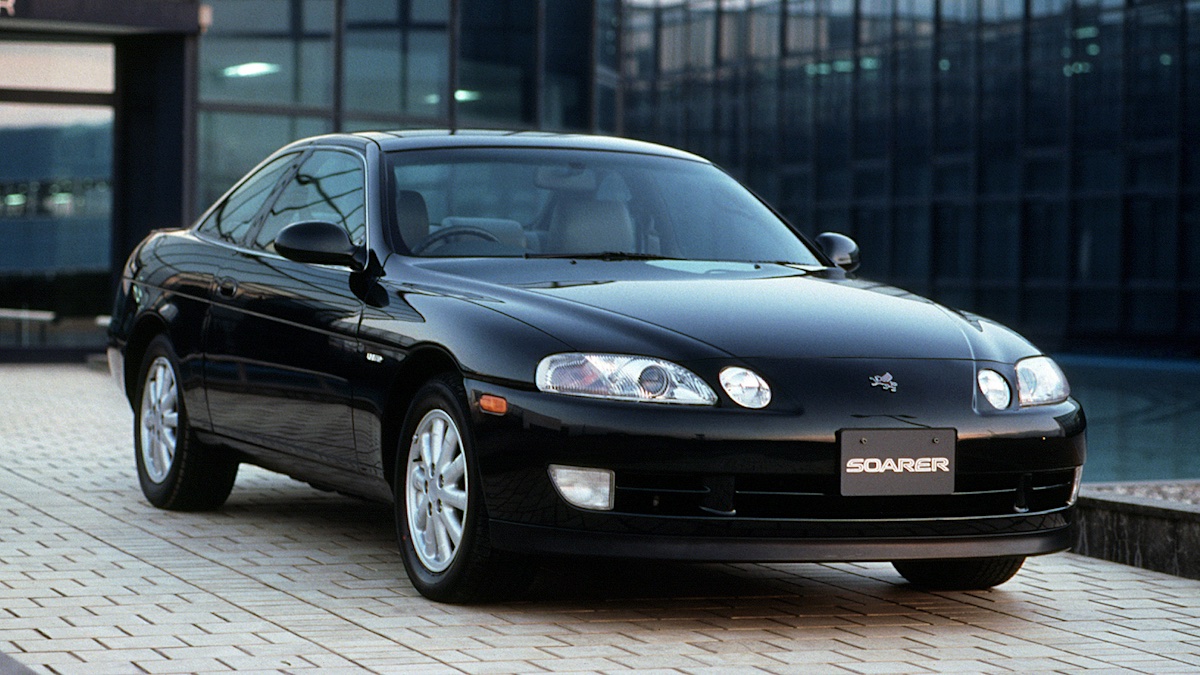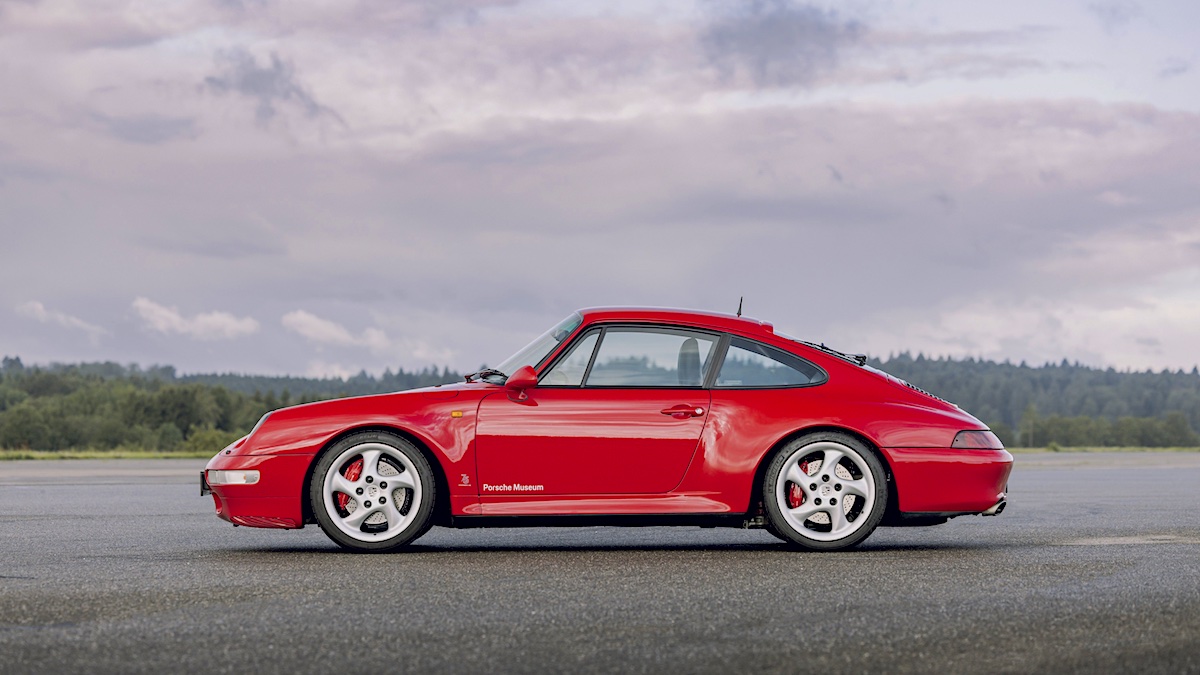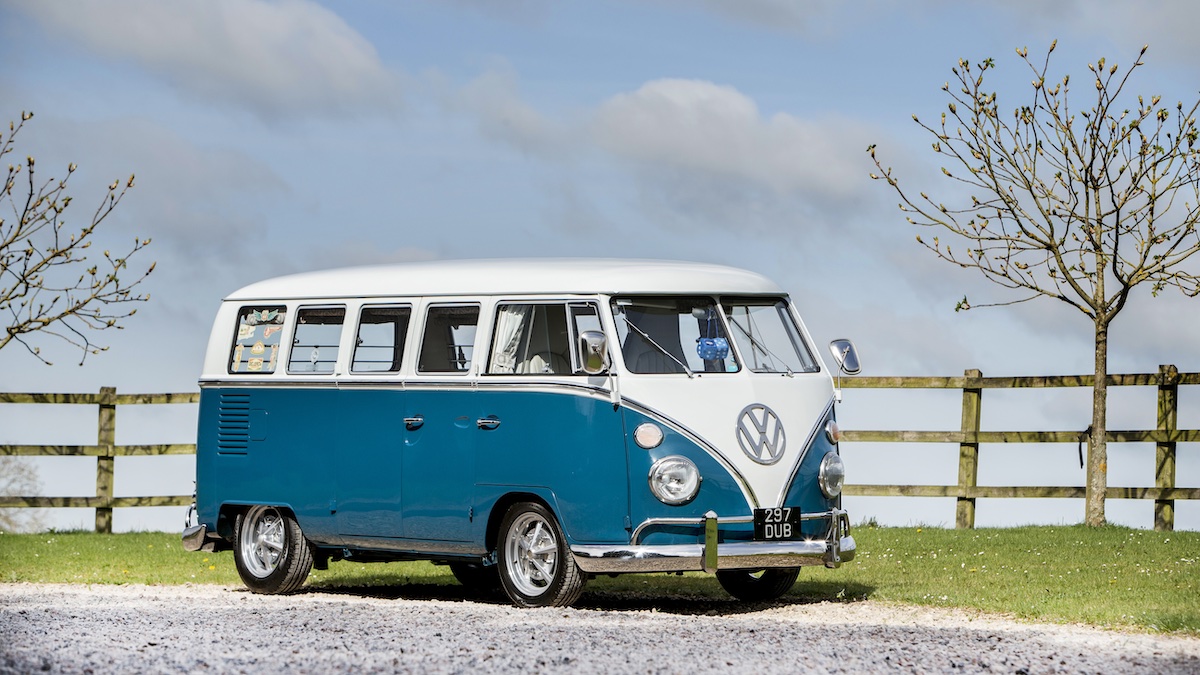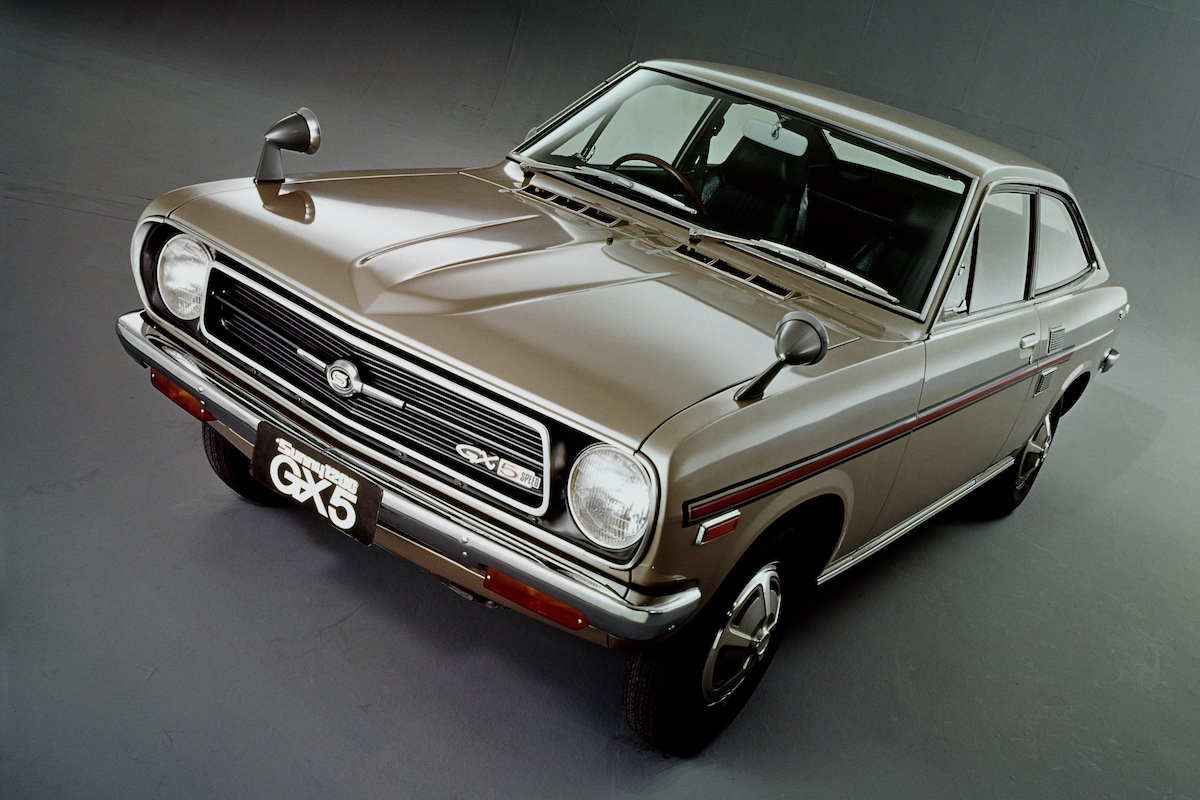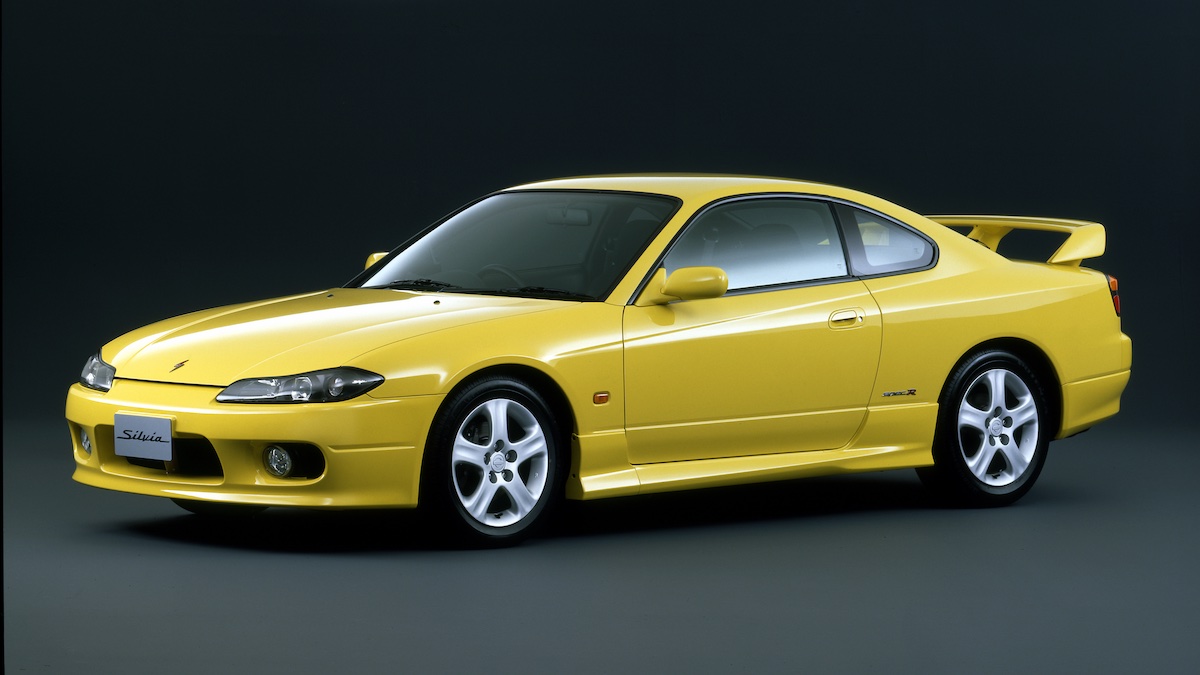For reasons best known to Toyota Australia the slinky Soarer coupe was never officially imported here, but that didn’t stop grey-importers from landing examples of the second-generation Z20 series cars here, starting in the late-1980s.
Looking like a Cressida that had been customised by Picasso, these early Soarers shared their platform with the newly introduced A70 series Supra.
They came with a range of 2.0-litre inline six-cylinder engine, including a twin-turbo unit, and a 3.0-litre inline six-cylinder turbo, all driving the rear wheels through either a five-speed manual or a four-speed automatic.
The odd styling of this second-generation model, built from 1986-91, meant they were never a big seller, but the third-generation Z30 Soarer built between 1991 and 2000 brought the model to wider attention, thanks in large part to its smooth lines penned by Toyota’s Calty design studios in California.
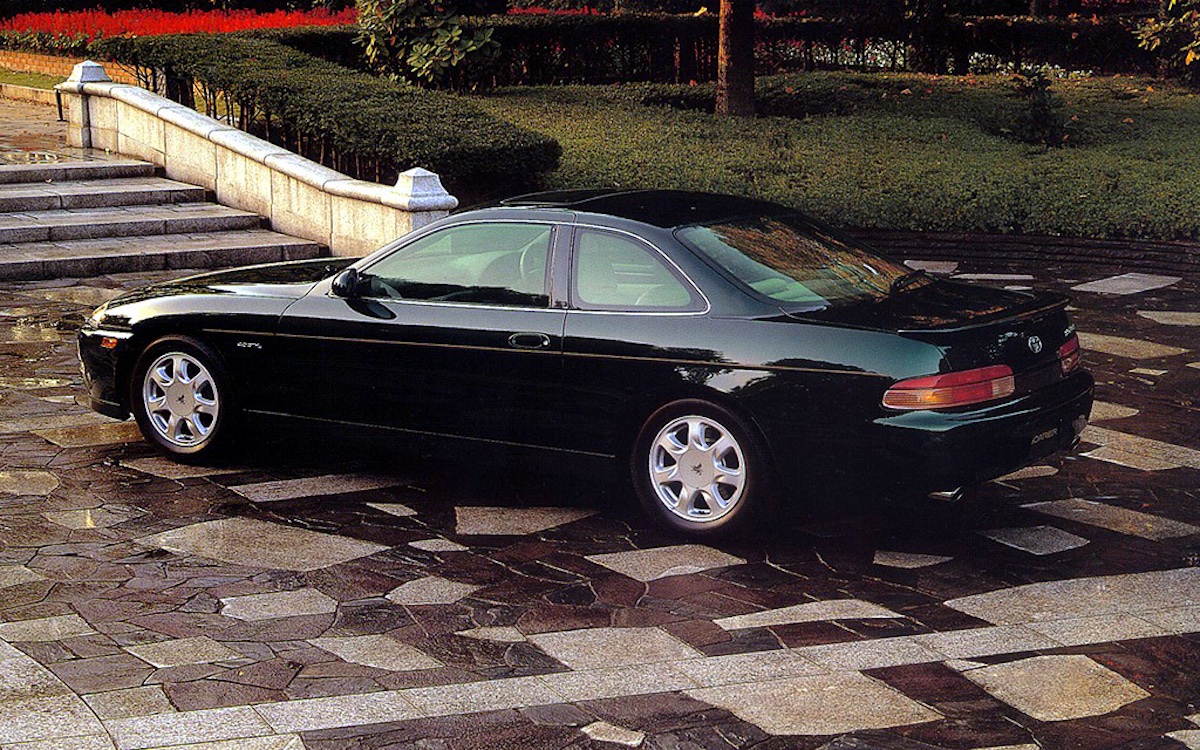
The Z30 shared its styling and key components with the US-market Lexus SC 300/400. As with its predecessor, Toyota Australia left it to the grey import industry to bring the car to Australia, which they did in decent numbers throughout its nine-year production run, which included modest Series 2 and Series 3 updates in 1994 and 1996 respectively.
The Z30 Soarer was longer and wider than its predecessor, with a 20mm longer wheelbase, meaning rear seat legroom was still at a premium, although entry and egress were aided somewhat by articulating door hinges, which moved out and forward when the doors were opened.
Depending on the build year, importers selecting from the Japanese Soarer menu could choose a 1JZ-GTE 2.5-litre twin-turbo inline six-cylinder (JZZ30 series), a 1JZ-GTE 2.5-litre single-turbo inline six- with VVT-I (JZZ30 series), a 2JZ-GE 3.0-litre atmo inline six-cylinder, or the same engine with VVT-i (JZZ31 series), and the 1UZ-FE 4.0-litre V8, in the UZZ30, 31 and 32 series.
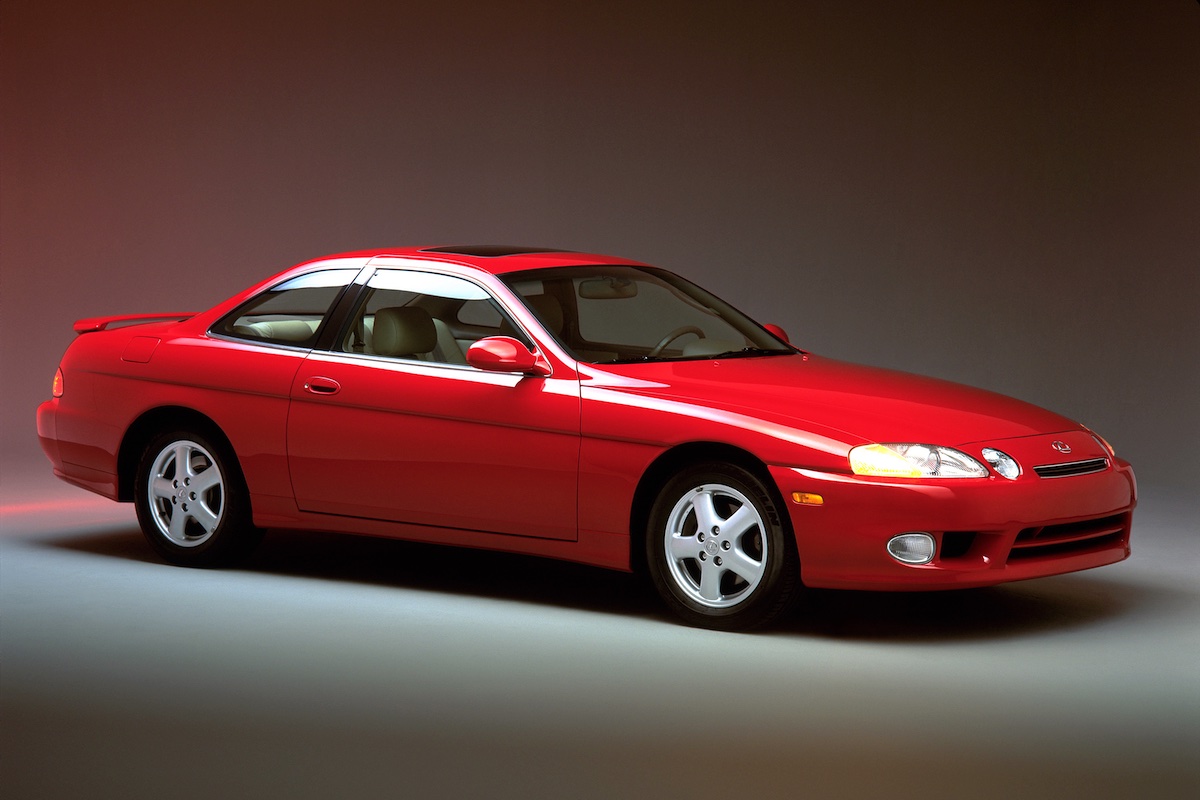
Depending on model series the syrupy 32-valve 4.0-litre V8 delivered a useful but not astounding 191-195kW and either 353 or 363Nm of torque. The single and twin turbo inline sizes mustered a claimed 206kW, conveniently meeting the Japanese car industry’s self-imposed power limit, with the later single turbo engine offering a more muscular 378Nm (up 15Nm).
In stock form, the Soarer V8 ran 0-100km/h in around 8.0 seconds but today there are Japanese engine specialists in various parts of Australia who can modify the 1UZ-FE to deliver quite extreme performance and supply anything needed for maintenance or a full rebuild.
Z30 series Soarer V8s were only ever fitted with Toyota’s excellent four-speed automatic transmission, as were most of the twin-turbo versions, although the latter can also occasionally be found with the five-speed manual.
A twin-turbo inline six-cylinder Soarer with five-speed manual is the car to choose if straight line performance is your goal, with 0-400 metre times dipping into the mid-14 second bracket. Because of this and their relative rarity, manual twin-turbo six-cylinder Soarers are 25-35 percent more expensive than an automatic in similar condition.
These turbo Soarers only came in GT trim, meaning a bland dash and velour seats which may by now be showing some wear. The interior of a GT-spec car isn’t totally inhospitable, however, with power windows, mirrors and seat adjustment, a dash display screen and climate-control air-conditioning.
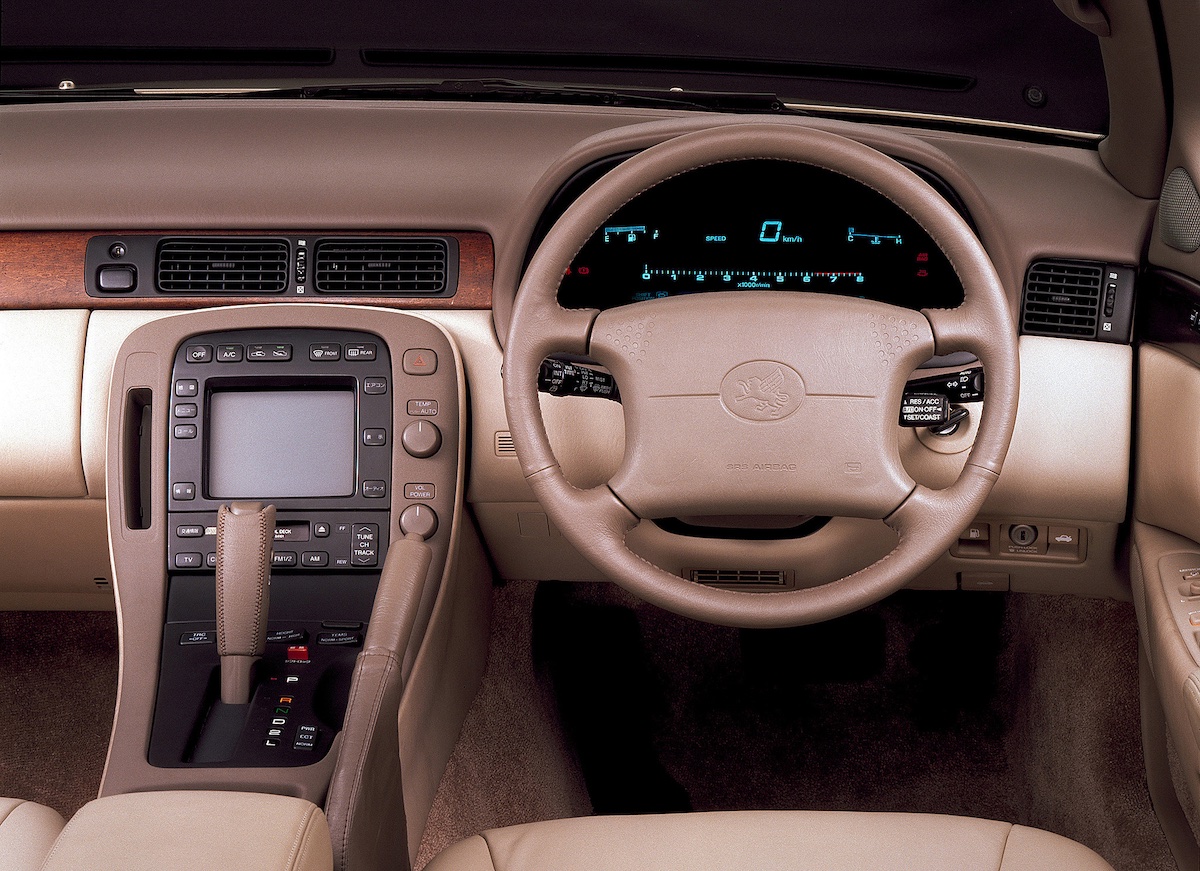
Step up to a UZZ31 series Limited V8 and you’ll be greeted by quality leather upholstery and a dash embellished with timber veneer. The original steering wheel was part leather and part fake timber, but after 30-plus years some cars will have acquired after-market replacements.
By the late-1990s, near-new Soarers were common sights in Japanese import yards, with more than 1000 likely to have arrived from 1996-99. Back then when demand was vigorous, with V8-powered GTs selling for around $50,000 and five-speed Turbos a touch below that.
Given the quality of their engineering and chances of surviving another 30-50 years, the money being paid for Soarer V8s is illogically low. A V8 Limited in exceptional condition might reach $25,000 and it is possible to pay $40,000 for a late-series twin-turbo, but the typical asking price for a 1991-94 V8 is less than $15,000, with turbo automatics roughly $5000 more.
If you do stumble upon a manual twin-turbo in sound condition for less than $30,000 then don’t think twice because they are scarce and demand on the world market is growing.
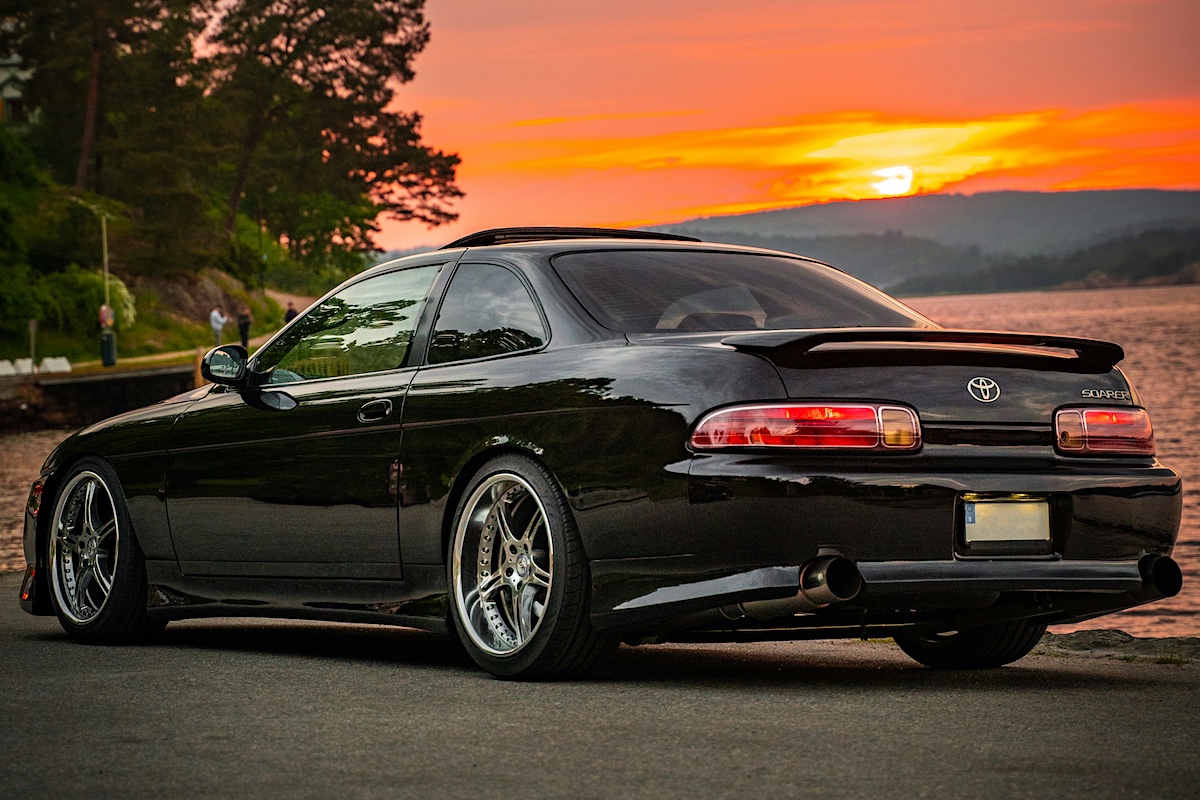
Things To Watch Out For When Buying A Used Toyota Soarer (1991-2000)
- Paint fading or clear coat lifting on roof, boot and bumpers
- Tarnished headlight reflectors and cracked covers
- Timing belts must be replaced at least every 150,000 kilometres
- Sluggish performance, noise, white exhaust smoke and failure to start indicating turbocharger problems
- Cars that have been lowered can have tyres fouling their inner mudguards or suspension components
- Check that the in-dash screen is working and will switch between functions
- Air-conditioning repairs are expensive, so check if recent maintenance has occurred
Valuation Timeline: Toyota Soarer (1991-2000)
-
1995$55,000
-
2005$17,500-68.18%
-
2012$7,500-57.14%
-
2018$10,000+33.33%
-
2022$14,500+45%
-
2025$16,700+15.17%SC400 GT

